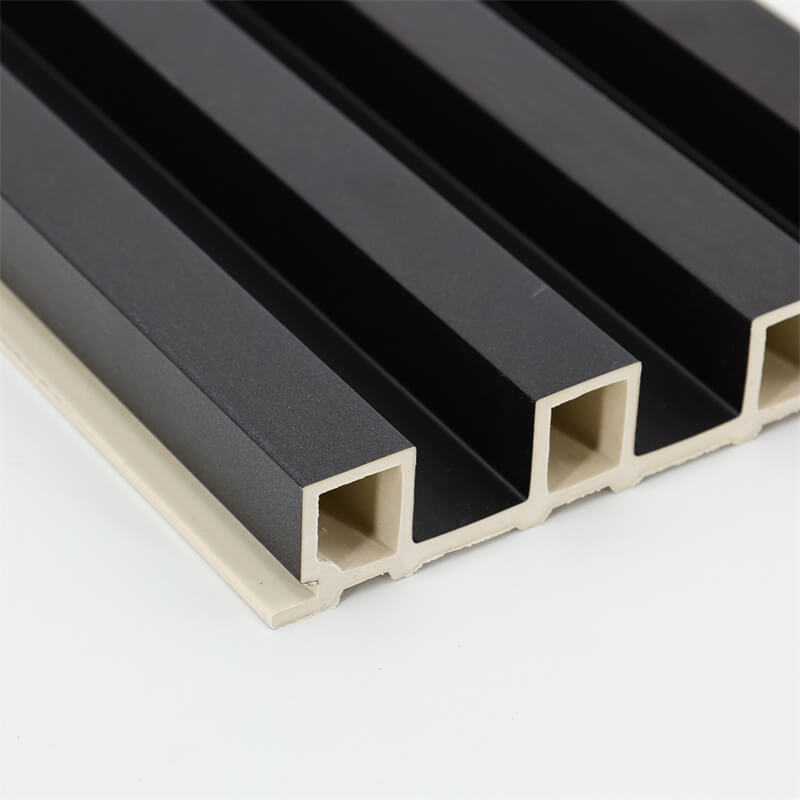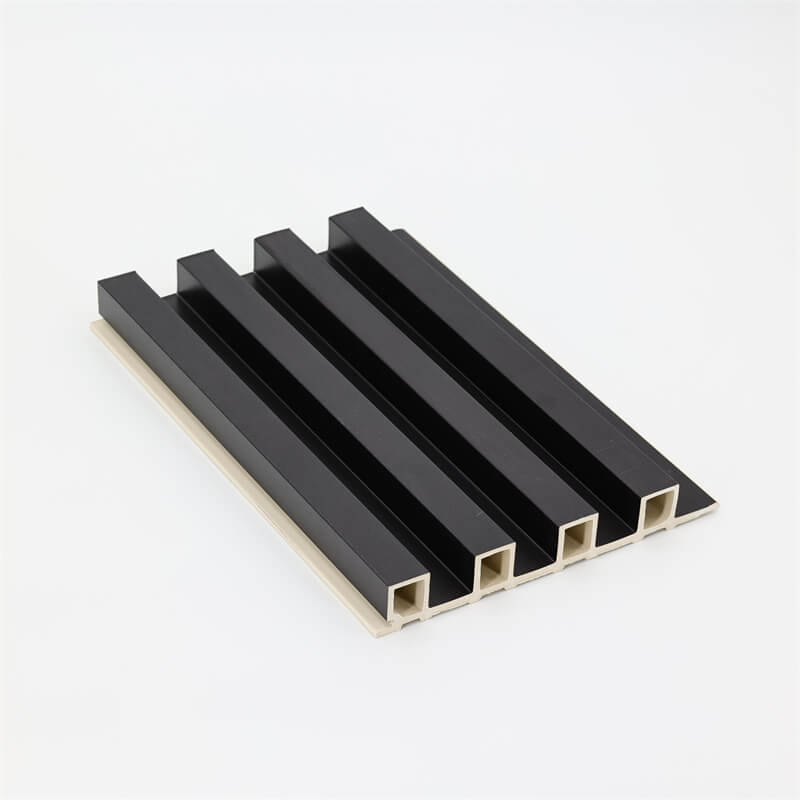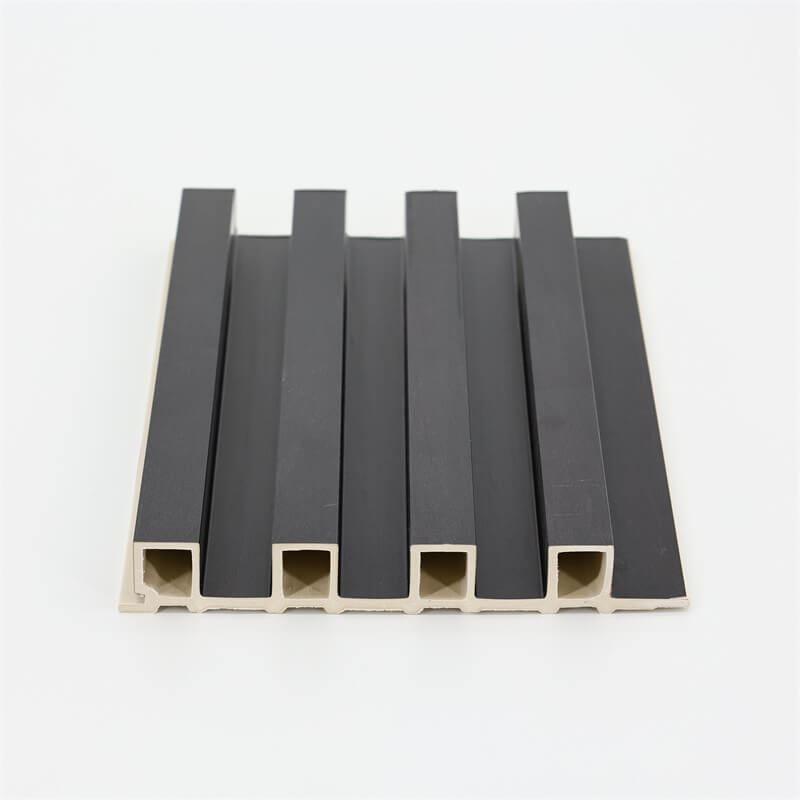
Wood-Plastic Composite (WPC) panels have gained popularity as a sustainable and versatile alternative to traditional wood products.
The manufacturing process plays a crucial role in determining the quality, durability, and aesthetic appeal of WPC panels.
In this article, we delve into the intricacies of the manufacturing process, shedding light on the key steps involved and the insights provided by suppliers.
By understanding the manufacturing process of WPC panels, architects, contractors, and homeowners can make informed decisions when selecting suppliers and assessing the quality of the final product.
Sourcing and Preparation of Raw Materials
The first step in the manufacturing process of WPC panels involves sourcing and preparing the raw materials.
Suppliers typically use a combination of recycled wood fibers and recycled plastic, which can include post-industrial and post-consumer waste.
The wood fibers are sourced from various lumber sources, while the plastic can come from sources such as plastic bags, bottles, and packaging materials.
The raw materials are carefully selected to ensure a balance between strength, durability, and environmental sustainability.

Mixing and Extrusion
Once the raw materials are sourced and prepared, they undergo a mixing process.
In this step, the wood fibers and plastic are blended together with additives, such as stabilizers and colorants, in specific proportions.
The mixture is then fed into an extruder, which melts the plastic and distributes the wood fibers evenly.
This extrusion process creates a homogenous mixture and forms
Shaping and Cooling
After extrusion, the molten WPC material is shaped into the desired form.
This can be done through various techniques, such as profile extrusion, injection molding, or compression molding.
Profile extrusion is commonly used for producing WPC panels with specific profiles and dimensions.
Injection molding is employed for intricate designs and smaller components.
Compression molding is suitable for thicker panels.
Regardless of the shaping technique, the shaped WPC panels then go through a cooling process to solidify and stabilize their structure.

Finishing and Quality Control
The final step in the manufacturing process of WPC panels involves finishing and quality control measures.
The panels may undergo additional treatments, such as embossing or surface texturing, to enhance their visual appeal and mimic the appearance of natural wood.
Suppliers also conduct thorough quality control checks to ensure that the WPC panels meet the desired specifications in terms of strength, durability, and dimensional accuracy.
This includes conducting tests for impact resistance, flexural strength, and colorfastness.
Understanding the manufacturing process of WPC panels is essential for assessing the quality and performance of the final product.
From the sourcing and preparation of raw materials to the shaping, cooling, and finishing stages, each step contributes to the overall characteristics of the WPC panels.
By partnering with reputable suppliers who follow stringent manufacturing processes, architects, contractors, and homeowners can ensure that they receive high-quality WPC panels that are durable, sustainable, and visually appealing.
As the demand for environmentally friendly and long-lasting construction materials continues to grow, a comprehensive understanding of the manufacturing process becomes increasingly valuable.
With continuous innovations and improvements in manufacturing techniques, WPC panels are poised to become an even more prominent choice in the construction and design industry.
